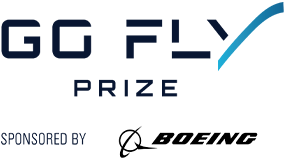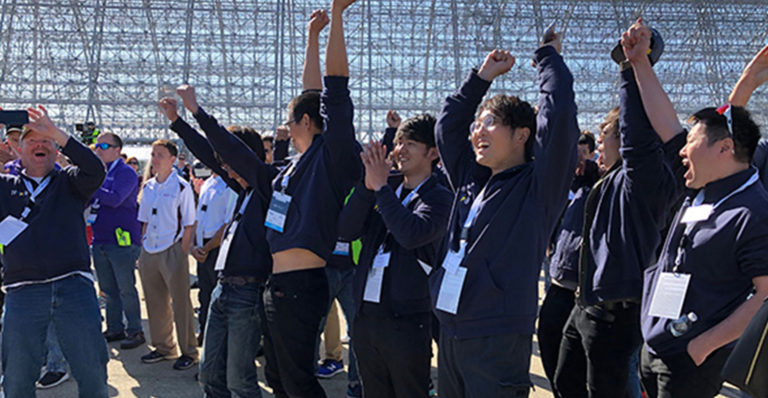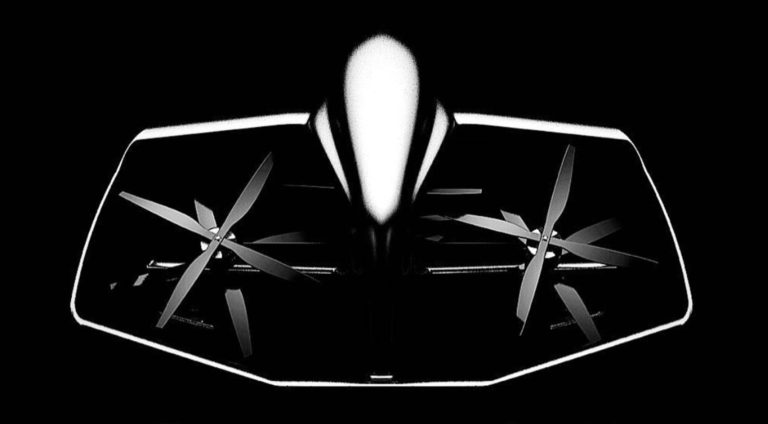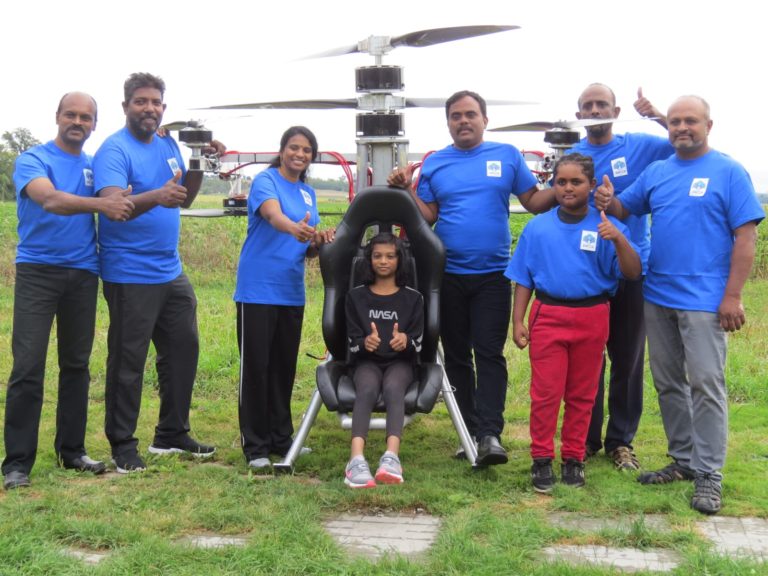Jaka Verbic is a lot like the comic book super-speedy superhero “The Flash.” Although a self-described quiet kid, “I always liked to move around as fast as possible. For a long time, I thought a car was as good as it got. Then at age 5, I went on a plane for the first time and immediately thought that it was the ultimate thrill.”
Now, as captain of the multi-national GoFly Prize’s Team rFlight, Jaka and his teammates Rick Kwan, Clarence Akagu, Thierry Marin-Martinod, Amir Morris, Brent Lessard, Brandon Forys, Keith Stormo, among others, are taking the thrill of flying to new levels.
“Indeed, seeing such a strong push in the aviation industry to explore the personal aspects of flight was the ‘wow’ moment for me,” Jaka relates. “I know that the time must be right for big steps in the direction of individual flight.”
And the first step in that direction for Jaka was to assemble the right team. That meant crossing mountains, seas, country borders, and even oceans. In fact, what makes Team rFlight so unique is that it not only includes residents of different countries, but its personal flying machine is being built, part by part, in those countries. Moreover, all team members have different areas of expertise.
The one thing that they all have in common is an intense passion for conquering the skies.
For Rick, who hails from California and is the avionics guru on rFlight, that passion began as a toddler. “When I should have been playing in a preschool sandbox, I was staring at airplanes in the sky, and wondering why some had wings toward the front, like a Piper Cub, and others were further back, like a Douglas DC-6 or Lockheed Electra.”
Clarence, a Texas resident who is on the mechanical and manufacturing teams, had similar childhood dreams. “As a 5 or 6-year-old, I would draw flying cars or pods and name the vehicles with a model,” while Thierry, fromFrance, who oversees engineering systems, “always identified myself as the fighter pilots in the movies.” For Brandon, who hails from Canada, it wasn’t the silver screen, but the small screen. “I became interested in exploring aviation as a hobby at a young age after playing Microsoft Flight Simulator 2002 and becoming fascinated by aircraft and how they work.”
Keith — who designed the competition vehicle and leads its manufacturing and testing — started flying gas-powered model rockets and airplanes as a youngster, before taking flying lessons in high school and soloing shortly thereafter. Similarly, Finland resident Amir’s earliest exposure to flight was model planes using glow-plug engines and “working on developing early electrical models, initially using power delivery over the tethering/control line.”
What draws them and their other colleagues together is GoFly’s emphasis on innovation – as Brent, from Canada, says so well: “the possibility of re-imagining how an individual experiences flight, and making the individual the focus of that experience.”
For each of the rFlight team members, the opportunity to follow in the footsteps of da Vinci, the Wright Brothers, Charles Lindbergh, Alan Shepard, Neil Armstrong, and other aviation pioneers only heightens their excitement – and their commitment to invent a new means of transportation utilizing technologies of which their ancestors of flight could only dream. “This is a chance to rethink how flight should work,” Rick declares.
More than that, though, the rFlight team is equally passionate about the myriad applications for good that personal human flight holds. Explains Brent, “There is an opportunity for our craft to be employed where relief aid, medical goods, and trained emergency response staff can be quickly deployed to difficult to reach areas or areas that become isolated due to a natural disaster or other events. This could increase response times, make previously difficult areas accessible, and alleviate the effects of increasingly frequent disasters. It would also be convenient for travel, reducing surface congestion, decreasing commute times, and these flyers would be able to utilize the same infrastructure as cars thanks to the similar size envelope.”
Of course, before all this can occur, the team has to mesh all its talents and experiences – even though the members are not always physically located in the same place. If a task is overwhelming, Jaka explains, “we divide it into manageable chunks and complete them step by step. So it is essential that we all listen to each other.” And as Thierry says, there is a great benefit to working as a team. “The best ideas emerge from the team, problems are solved better and faster from the team. And the celebration of victory is more tasteful when shared with the team!”
Think you have what it takes to create a personal flyer, win close to $2M, and change the world? There is still time to join the challenge here: https://www.herox.com/GoFly.








